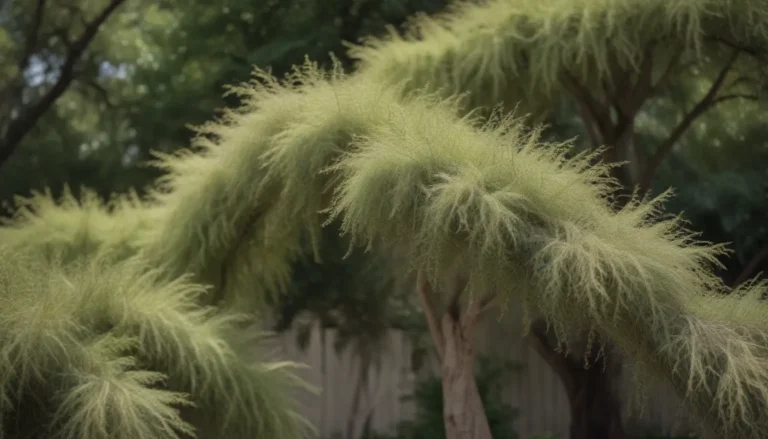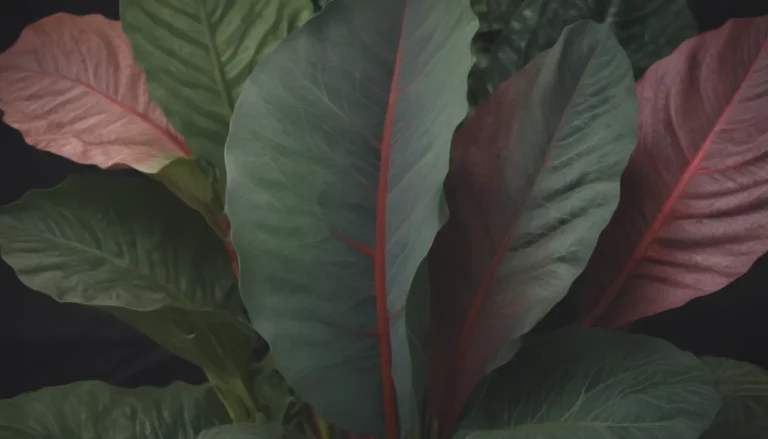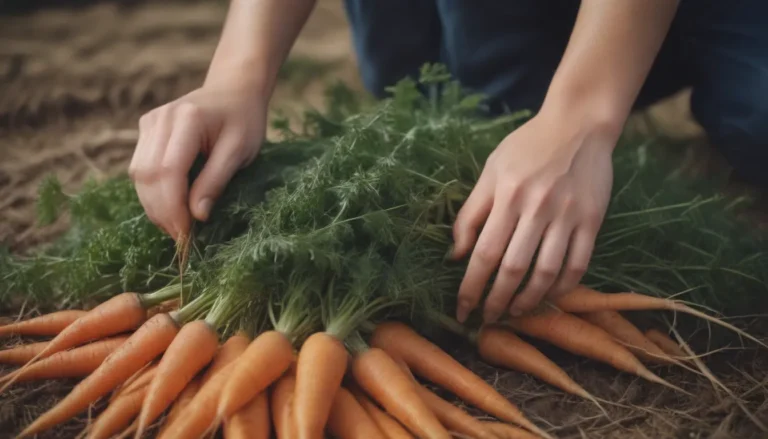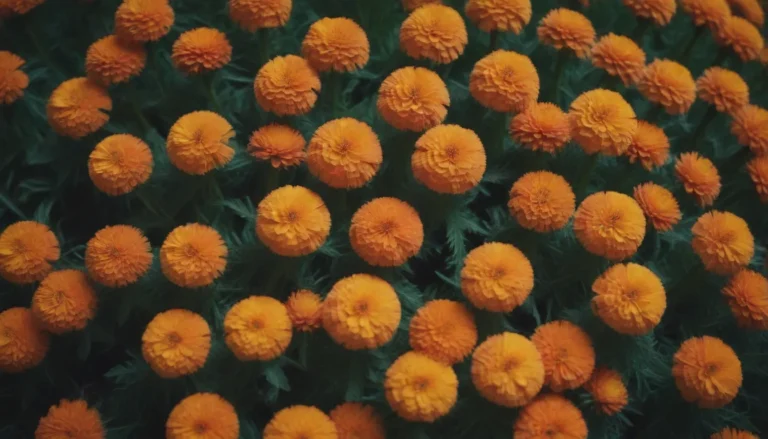Comprehensive Guide to Watering Plants Growing in Containers
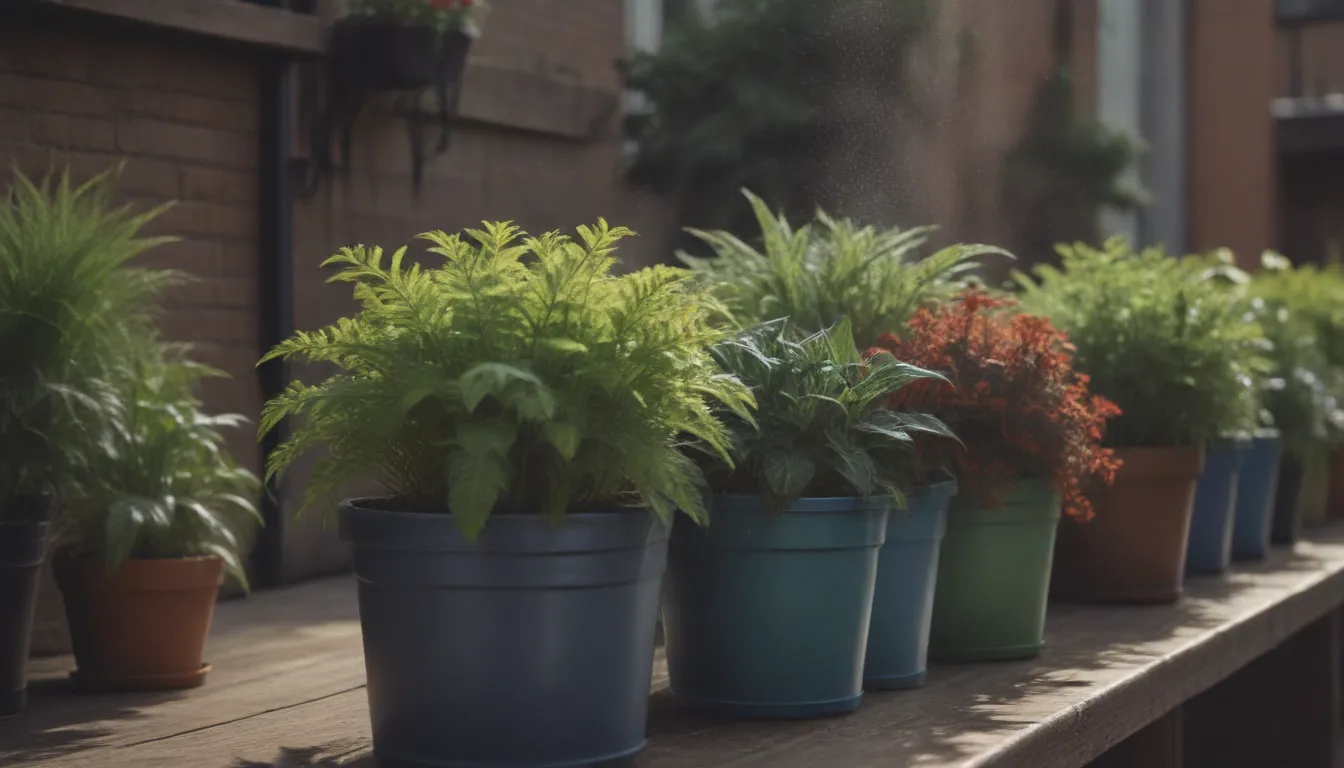
Outdoor gardening in containers can be a rewarding experience, allowing you to bring a touch of nature to your patio, balcony, or backyard. However, watering plants in containers can be a bit tricky, as it is essential to strike the right balance between under-watering and over-watering. In this in-depth guide, we’ll explore the best practices for watering outdoor container gardens to help you keep your plants healthy and thriving.
Understanding Your Plants’ Needs
Just like garden plants growing in the ground, plants in containers have specific soil requirements. Most garden plants prefer soil that is “moist but well-drained,” meaning it is not constantly soggy or saturated but slightly moist. Fortunately, modern potting mixes are designed to provide good drainage, making it easier to maintain the right soil conditions for your plants.
Different types of plants have varying moisture requirements. Here are some general guidelines based on plant types:
- Flowering Annuals: These plants don’t like soil conditions to become too dry and prefer consistent moisture.
- Succulents: They thrive in drier soil and should be allowed to dry out between waterings.
- Vegetables: Juicy vegetables like tomatoes, cucumbers, and melons prefer consistently moist soil.
- Herbs: Herbs like basil, rosemary, thyme, dill, oregano, and cilantro do best when the soil dries out between waterings, enhancing their flavor. On the other hand, parsley, sage, and chives prefer more moisture.
To keep track of your plant’s moisture requirements, save and keep the plant tags nearby for reference. This will help you provide the right amount of water for each plant.
Choosing the Right Soil
Potting soil plays a critical role in providing the right growing conditions for your plants. Here are some tips for selecting the right soil for your containers:
- General Potting Soil: This type of soil is suitable for most plants and provides the “moist but well-drained” quality that plants prefer.
- Cactus and Succulent Mix: For plants that thrive in dry conditions, opt for a potting mix specifically designed for cacti and succulents, which drains faster.
- Vegetable Mix: If you’re growing vegetables, choose a potting mix formulated to absorb and hold water better than standard potting soils.
- Moisture Control Mix: These mixes contain wetting agents to prevent over-watering and under-watering, making them ideal for plants that require moist soil.
Avoid using garden soil for containers, as it lacks proper drainage, compacts easily, and may contain contaminants. Stick to commercially-sold potting soils for optimal plant growth.
Selecting the Right Containers
The type of container you choose can impact how quickly the soil dries out. Here are some container options and considerations:
- Porous Containers: Materials like terra cotta and coir baskets tend to dry out quickly and require more frequent watering.
- Metal Containers: These can increase soil temperatures, leading to quicker soil drying. Monitor them closely and water more often.
- Container Size: Opt for larger containers to provide ample soil and moisture for your plants. Smaller containers dry out more quickly and can lead to root-bound plants.
Choosing the right containers can help maintain proper soil moisture levels and ensure healthy plant growth.
How to Water Your Plants Effectively
Proper watering techniques are essential for the health of your container plants. Here are some tips for watering effectively:
- Check Moisture Levels: Before watering, check the soil moisture by sticking your finger into the soil. If it feels dry, it’s time to water.
- Water Deeply: Ensure water reaches the entire root system by watering deeply until you see water running out of the drainage holes. This encourages strong root growth.
- Water in the Morning: Watering in the morning is ideal as it provides moisture for the entire day, reduces evaporation, and allows foliage to dry before nightfall.
- Avoid Wetting Foliage: Water the soil directly to prevent fungal diseases and sunburn on plant leaves.
Following these watering best practices can help your container plants thrive and avoid common problems associated with incorrect watering techniques.
Monitor and Adjust Your Watering Routine
It’s important to monitor your container plants regularly and adjust your watering routine based on environmental factors and plant needs. Here are some additional tips:
- Don’t Rely on Rain: Even after a rain shower, check the soil moisture in your containers as plant foliage can prevent water from reaching the soil.
- Prevent Soil Drying Out Completely: Avoid letting the potting mix dry out completely, as it can become hard and stop absorbing water efficiently.
- Adjust Watering Frequency: Depending on the climate and container size, you may need to water your plants more than once a day during hot, dry weather.
- Consider Seasonal Changes: During warmer months, water your containers daily, while in cooler seasons, reduce watering frequency to every two to three days.
By staying attentive to your plants’ watering needs and making adjustments as necessary, you can promote healthy growth and vitality in your container garden.
Conclusion
Maintaining proper soil moisture levels is essential for the health and success of your container plants. By understanding your plants’ moisture requirements, choosing the right soil and containers, and following best practices for watering, you can create an optimal growing environment for your garden. Remember to monitor your plants regularly, adjust your watering routine as needed, and enjoy the beauty of your thriving container garden. Happy gardening!
